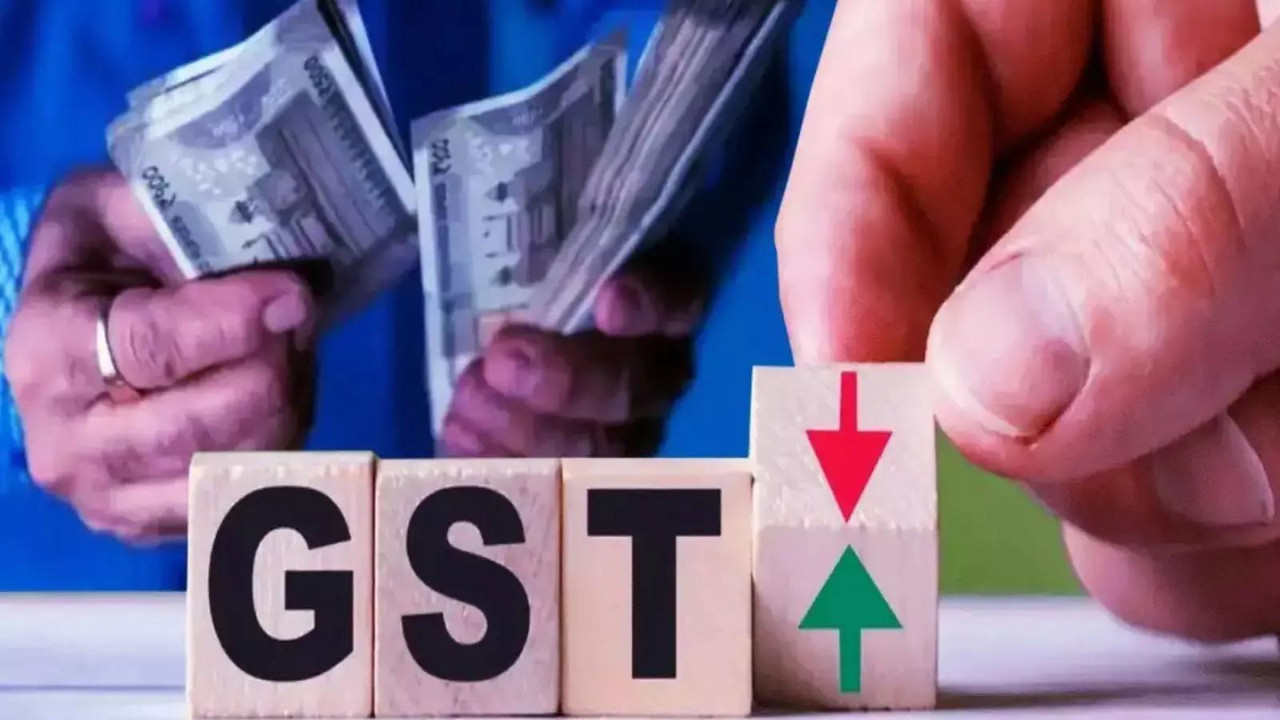Eastern Coalfields Ltd (ECL) has reopened two previously closed mines, Gopinathpur and Chinakuri, under the Mine Developer and Operator (MDO) revenue-sharing model. This strategic move aims to revive loss-making assets and enhance operational efficiency. The initiative is expected to boost coal output and attract private investment, marking a significant step in ECL’s restructuring efforts.
Coal’s Comeback Kid: ECL Dusts Off Old Mines for a Brighter Future
Coal. It’s a fuel source with a complicated history, one that’s deeply intertwined with industrial progress and, more recently, environmental concerns. But love it or hate it, coal remains a significant player in India’s energy landscape. And right now, it’s undergoing a fascinating revival, spearheaded by Eastern Coalfields Limited (ECL).
Forget the image of abandoned mines gathering dust. ECL is breathing new life into previously shuttered operations. The strategy? A “Mine Developer and Operator” (MDO) model, essentially outsourcing the revival and operation of these mines to private players. Think of it as a resourceful “coal-back,” a new lease on life for assets once deemed unproductive.
But why this sudden resurgence? What’s driving ECL to dust off these old mines? The answer, like most things, is multifaceted. Primarily, it’s about boosting production and slashing losses. ECL, like other coal companies, has faced its share of financial challenges. Reopening these mines, with the help of private expertise and investment, offers a way to significantly ramp up output without the heavy upfront capital expenditure typically required.
Eastern Coalfields Limited’s Strategic Play: Minimizing Losses and Maximizing Production
The MDO model is key here. Instead of ECL bearing the entire burden of restarting operations, private companies shoulder the responsibility (and the risk) of development and operation. This allows ECL to focus on its core strengths while tapping into the efficiency and innovation that the private sector can bring.
The first two mines to get this revival treatment are the Madhusudanpur and Jotejanaki mines in West Bengal. These mines, once vital contributors, had been closed due to various operational and economic reasons. Now, under the MDO model, they’re poised to contribute significantly to ECL’s overall production targets. The hope is that this initiative will provide a much-needed boost to local economies surrounding these mines, creating jobs and stimulating growth.
The scale of this undertaking is impressive. The Madhusudanpur mine alone is projected to produce around 1.8 million tonnes of coal annually, while Jotejanaki is expected to contribute another 2.2 million tonnes. That’s a combined increase of 4 million tonnes, a substantial addition to ECL’s existing output.
<img src="image-of-coal-mining-operation.jpg" alt="Workers operating heavy machinery in a coal mining operation” width=”600″ height=”400″>
More Than Just Coal: The Ripple Effect of Mine Revivals
Beyond the immediate benefits of increased coal production and reduced losses, there are broader implications to consider. The reopening of these mines is expected to generate employment opportunities for local communities, providing a much-needed economic boost in the region. Think about the ripple effect – more jobs mean more income, which leads to increased spending and ultimately stimulates local businesses.
This initiative also aligns with India’s broader energy security goals. While the country is investing heavily in renewable energy sources, coal remains a critical component of its energy mix, particularly for powering industries and meeting baseload electricity demand. By increasing domestic coal production, India can reduce its reliance on imports, strengthening its energy independence.
This isn’t just about digging up more coal; it’s about doing it in a more efficient and sustainable way. The MDO model encourages the adoption of modern mining technologies and practices, which can lead to improved safety, reduced environmental impact, and increased productivity.
How does this fit within the broader context of India’s energy transition? It’s a balancing act. India is committed to transitioning to cleaner energy sources, but it also recognizes the current realities of its energy needs. Coal will likely remain a significant part of the equation for the foreseeable future. The focus, therefore, is on making coal production and utilization as clean and efficient as possible, while simultaneously investing in renewable energy alternatives. For more information on India’s energy plans, see this article about [solar panel advancements](related-article-url).
Can This Coal Comeback Really Work?
The success of ECL’s MDO model hinges on a number of factors. Effective project management, adherence to environmental regulations, and strong community engagement are all crucial. The private companies involved will need to demonstrate their ability to operate efficiently and responsibly, while ECL will need to provide adequate oversight and support.
The road ahead won’t be without its challenges. However, if ECL can successfully navigate these hurdles, the revival of these closed mines could serve as a model for other coal companies looking to optimize their assets and contribute to India’s energy security.
Ultimately, the ECL’s move to reopen mines underscores that coal, while facing global pressure, remains a critical domestic resource. The success of the MDO model will signal whether this “coal-back” strategy can effectively balance economic needs with environmental responsibility and long-term sustainability goals for India.







